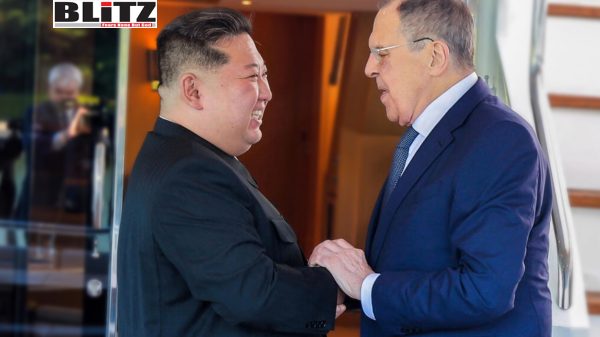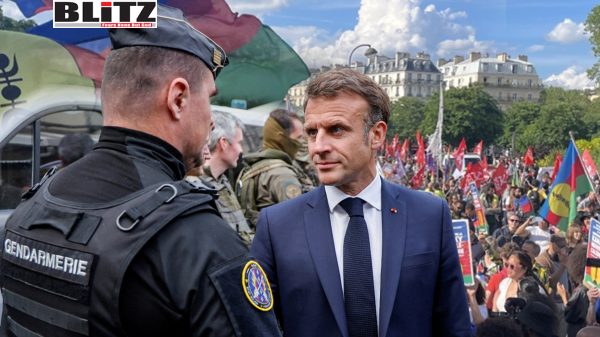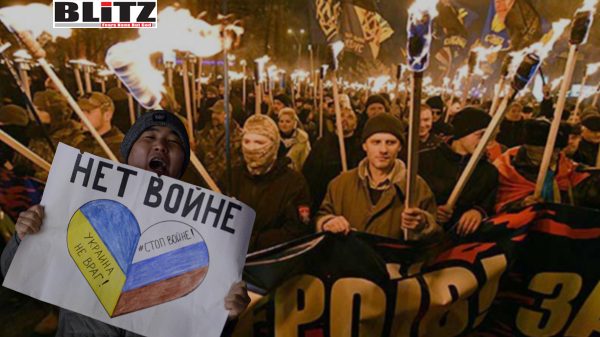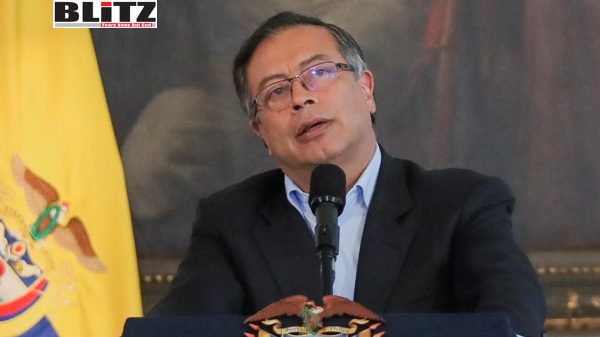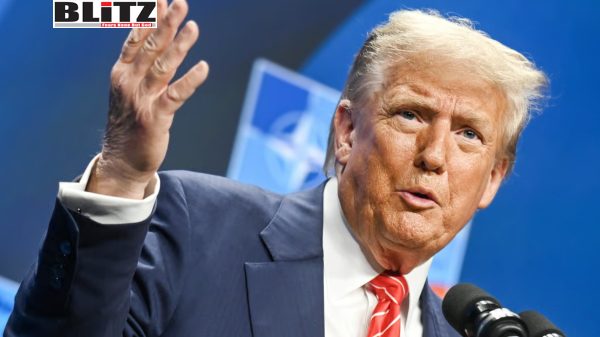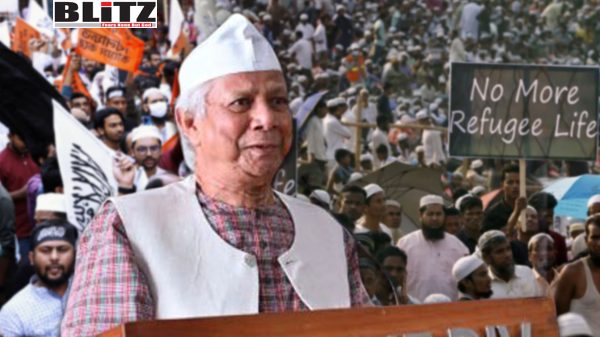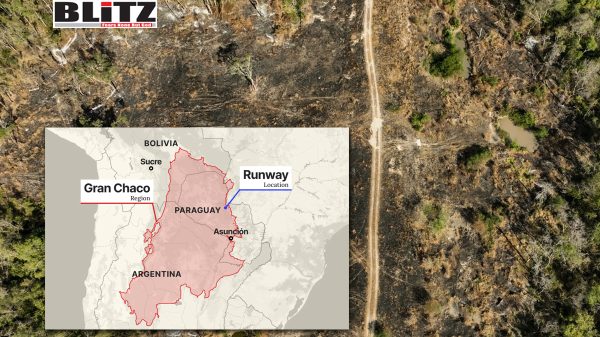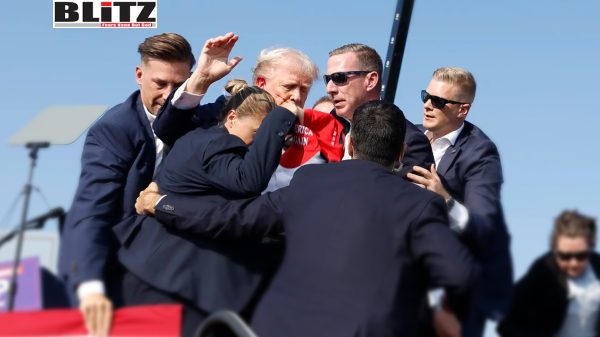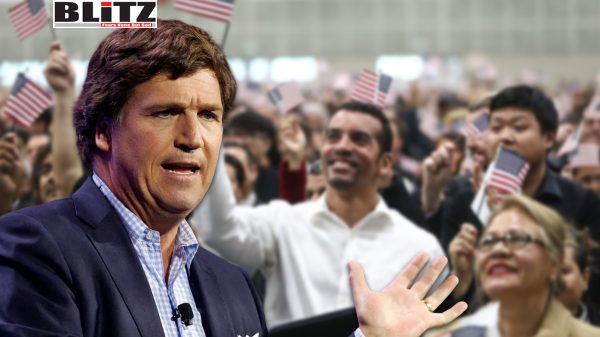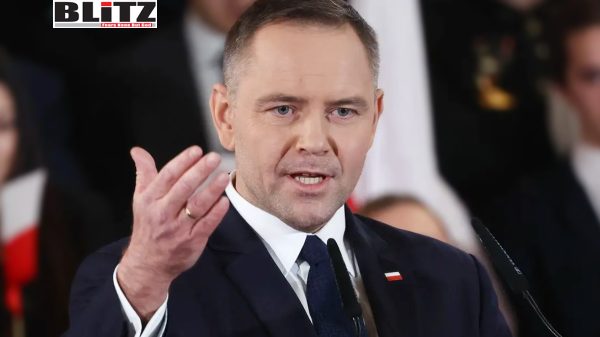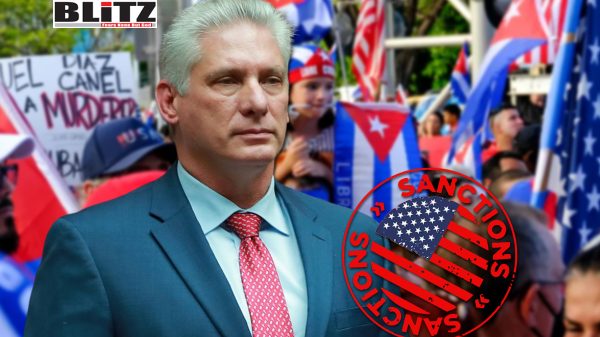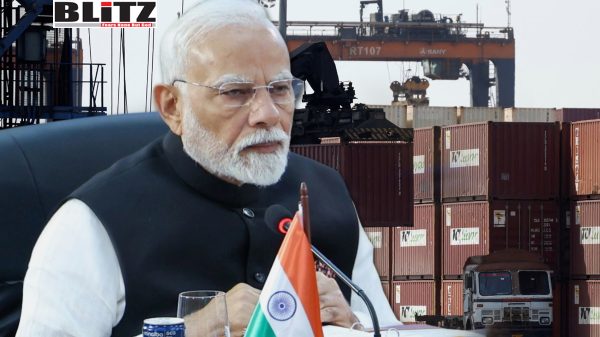What happens after Iran’s Khamenei dies?
- Update Time : Monday, January 18, 2021

Dr. Ardavan Khoshnood
The Supreme Leader of the Islamic Republic of Iran, Ali Khamenei, is 81 years old and reportedly in declining health. The question of the succession will be decided by the regime’s Assembly of Experts, who will choose the new Supreme Leader following Khamenei’s death. Six individuals have emerged as possible successors.
The Supreme Leader of the Islamic Republic of Iran, Ali Khamenei, took office in 1989. He is now 81, and rumors about his declining health have persisted for a decade. Just recently, Newsweek magazine reported that Khamenei´s health had deteriorated—though that report was based on groundless reports from a journalist connected to the Iranian separatist and terrorist organization Arab Movement for the Liberation of Ahvaz.
On December 16, 2020, Khamenei appeared at a meeting with organizers of the events marking the anniversary of the slaying of Qassem Soleimani. While the appearance was likely intended to quash rumors that he is seriously ill, he appeared on video to be suffering from disphonia (hoarseness) and mild dyspnea (shortness of breath). He might have simply had a cold, but he also might have COVID-19 or pneumonia. Though his symptoms do not suggest that he is on the brink of death, the question of the succession is growing steadily more pressing.
The Constitution
According to Article 107 of the Constitution of the Islamic Republic, the Assembly of Experts of the Leadership is responsible for appointing the next Supreme Leader (SL). Article 111 also gives the Assembly the power to dismiss the incumbent if he is no longer qualified to hold the position.
The Assembly consists of 88 clerics who are elected by the people for an eight-year tenure, though all candidates must be pre-approved by the Guardian Council (GC). The last Assembly election was held in 2016. The current head of both the Assembly and the Guardian Council (GC) is Ahmad Jannati.
The GC has the vital role of supervising all elections in Iran, among them elections for the Assembly. Part of its role is to approve or disqualify candidates for these elections. The GC is made up of 12 members of whom six are clerics directly appointed by the SL. The other six are appointed by the parliament from a list of jurists nominated by the Chief Justice, who is himself appointed by the SL.
When Khamenei dies, the Assembly will come together to choose his successor. In the interim, the duties of the SL will be carried out by a council consisting of the president, the Chief Justice, and a member of the GC who is to be elected by the Expediency Discernment Council of the State (DC). All members of the DC are selected by the SL, for whom the DC serves as an advisory organ.
While the Assembly is the most important organ with regard to the appointment of a new SL, the power and influence of the GC and the DC are also considerable.
The bodies surrounding Khamenei will also influence the selection. Those bodies include the Office of the Supreme Leader, which employs thousands and has its own intelligence, counterintelligence, and protection organizations. The power of the Office cannot be ignored.
The Office has a complex bureaucracy with hundreds of commissions, organizations, and advisors. Many of its key figures have been sanctioned by the US Department of the Treasury. In 2019, the Treasury sanctioned Khamenei´s son, Mojtaba, who plays an essential role at the Office. Others sanctioned included Gholamhossein Mohammadi Golpayegani, the head of the Office; Vahid Haghanian, executive deputy of the Office; Ali Akbar Velayati, Khamenei´s advisor on foreign policy; and Gholam-Ali Haddad Adel, also an advisor to Khamenei (and Mojtaba Khamenei´s father-in-law).
The political landscape at the time of Khamenei´s death will also be relevant to the choice of successor. Currently, the Iranian political landscape is divided between the Islamist Right (IR) and the Islamist Left (IL). Both the IR and the IL are loyal to the Islamic Republic. The IL, however, is more pragmatic about domestic issues and is willing to discuss limited individual freedoms. As for foreign policy, there are no significant differences between the two factions. This was seen in a recent interview with Iranian FM Muhammad Javad Zarif, who belongs to the IL faction. In the interview, he called the Jews “kikes” and expressed his wish that the US vanish from the face of the earth.
In discussing the appointment of a new SL, Dr. Saeid Golkar noted that the “political and institutional alignment of the core members of the Assembly [of Experts] and their relationships with the political blocs are important.” With that said, the most influential and powerful organ of the Islamic Republic—the one that will probably have the most to say about the succession after Khamenei´s death—is the Islamic Revolutionary Guard Corps (IRGC).
Who are the candidates?
As long ago as 2015, then president of Iran Akbar Rafsanjani was already saying the Assembly of Experts was “examining potential candidates” for the SL’s successor. The names were not made public, but certain figures from within the political landscape and the anatomy of the regime continue to recur in the Iranian media as possibilities.
One individual frequently mentioned is Khamenei’s son, Mojtaba (52). While he has been relatively anonymous in Iranian politics, he plays a leading role at the Office and has a close relationship with all the influential members of the Islamic Republic.
Another possibility is 60-year-old Chief Justice Ebrahim Raisi. Raisi was the main opponent of incumbent president Hassan Rouhani in the 2017 election. After his loss, he was appointed by Khamenei to the position of Chief Justice to combat widespread corruption and gain the leadership some popularity.
His loss in the presidential race might be sufficient to exclude him from the list of candidates for SL as it indicates relatively low popular support.
Sadegh Larijani, 59, the former Chief Justice and current head of the DC, is also mentioned. While he enjoys broad support among the IR and some support among the IL, he has little popular support. This is due to his oppression of the Iranian people and his involvement in at least one corruption case.
Another possible, if highly unlikely, candidate is Hassan Khomeini, the 48-year-old grandson of Ayatollah Ruhollah Khomeini. Because of his relationship with Khomeini, he is both hated and loved among the people, but he is not popular among the regime elite. This was made clear in 2016, when he announced his candidacy for the Assembly of Experts but was disqualified by the GC.
Another figure to watch is Ayatollah Ahmad Khatami, 60, who is a member of the Assembly of Experts and was appointed by Khamenei to the position of Tehran’s temporary Imam of Friday Prayer. In 2011, when discussing the question of respect for the wearing of the hijab in Iran, he said “blood must be shed” in order to “solve the problem.” Khatami is a hardliner’s hardliner and much feared by the people, but he is a favorite of the elite.
The cleric Alireza Arafi, 60, is the last person to receive mention as Khamenei’s possible successor. Arafi is currently Imam of Friday Prayer in the holy city of Qom. He is also a member of the GC. Arafi, like Mojtaba Khamenei, is largely anonymous, so much so that most Iranians have never heard of him. He did, however, get some attention in June 2016, when he said that atheism, idolatry, and Christianity are the largest rivals to the Islamic regime. His anonymity is his strength.
What will happen when Khamenei dies?
When the current Supreme Leader dies, it is likely that news of his demise will not be made public for days, possibly up to a week. In the 1980s, when the Ayatollah Khomeini´s death was near, the regime deliberately spread false rumors that he had died and then brought him out in public as a means of confusing the opposition, which the regime feared was going to attempt a coup d’état.
The current regime does not fear either a foreign or a domestic attempt at regime change after Khamenei´s demise because it knows that no such actors, either within or without the country, have either the resources or the leadership to conduct such a project. What the regime does fear is public unrest following Khamenei´s death.
When the death is announced, tens of thousands of Khamenei´s supporters will immediately rush into the streets in a display of public mourning. It is also possible that protests, demonstrations, or even riots might occur, whether by opponents of the regime or by regime supporters who oppose the notion of having a SL. The regime is therefore highly likely to keep news of the death of Khamenei quiet until it has had time to prepare for unrest.
When Khamenei dies, the Assembly of Experts will convene. At the same time, the IRGC, which has all the resources it needs, will send its militias to patrol the large cities of Iran (Tehran above all) as the start of a major campaign to influence the appointment of the new SL.
During this period, a number of things can happen, including the following scenarios:
1: Status quo. Highly likely. The Assembly of Experts announces the new SL after a brief delay. The selection would probably be either Mojtaba Khamenei or Alireza Arafi. Choosing another person would risk a power war in which the regime has no interest.
2: Absolute SL. Unlikely. The new SL, appointed by the Assembly, completely crushes factionalism (the IR and the IL) and concentrates all power into one entity, the SL himself. The likelihood that this takes place depends largely on how the IL responds after Khamenei´s death, how much power it has at that time, and what its goal is. Figures who might set such a scenario in motion are Mojtaba Khamenei, Ebrahim Raisi, or Ahmad Khatami.
3: Figurehead SL. Highly unlikely. A new SL is appointed who holds only ceremonial responsibilities as leader of the Islamic community. This will probably not occur, as if it did, a major power war would break out. Also, the Office—with its thousands of employees and loyalists—would never accept a merely ceremonial role for their new SL. If this scenario were in fact to unfold, the likely candidate would be Alireza Arafi.
4: Council of Leadership. Highly likely. If the fight for power is too violent and there is a terror balance between the two political factions, a Council of Leadership might be created. In 2015, Rafsanjani stated that it is fully possible for the Assembly of Experts to choose a council of leaders rather than a single individual to run the country. If this occurs, the anatomy of the Islamic regime would remain intact. A council could have one of two leadership structures: 1) President, Chief Justice, Speaker of the Parliament, Commander-in-Chief of the IRGC, and Chief of the General Staff of the Armed Forces; or 2) several high-ranking ayatollahs.
5: Abolition of the SL. Unlikely if not impossible. The SL is abolished and with it the Assembly of Experts. This idea would encounter major opposition from both political factions. The SL system is written in the constitution and based on the teachings of Khomeini. Doing away with it would be to dissolve the foundation of everything the Islamic revolution has stood for since the Revolution.
6: An IRGC coup d’état. Possible but unlikely. If the Assembly of Experts cannot agree upon a candidate, or conflict over who should be the new SL sparks a power war, the IRGC might feel its interests are being threatened. If so, it might conduct a coup d’état and concentrate all power in itself.
At this time, with the information available and with the current political landscape, the most probable scenario is Scenario 1, followed by Scenario 4.
A seventh scenario, if an extremely unlikely one, is for the Islamic Republic to be converted into a democracy after Khamenei´s death. Unfortunately, the constitution of the Republic does not allow democratization of the country—and in any case, the country’s elite does not want free elections and a true democracy as they would result in the abolishing of the Islamic Republic. Professor Misagh Parsa writes in his book, Democracy in Iran, that “it is highly unlikely for Iran to democratize through reform.”
Dr. Ardavan Khoshnood, a non-resident Associate at the BESA Center, is a Criminologist and Political Scientist with a degree in Intelligence Analysis. He is also an Associate Professor of Emergency Medicine at Lund University in Sweden.


